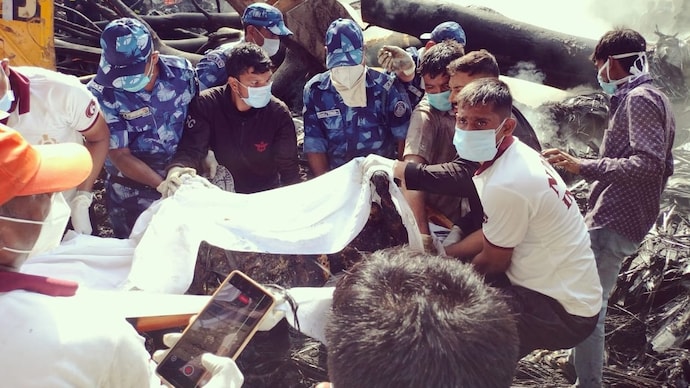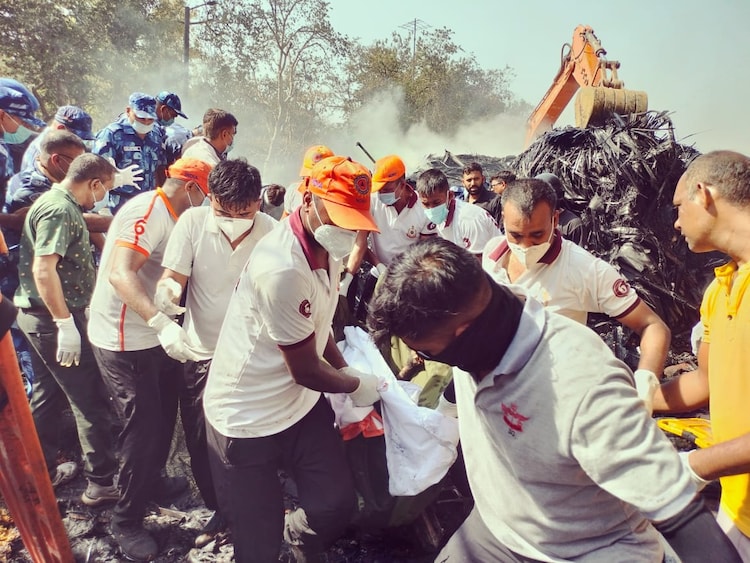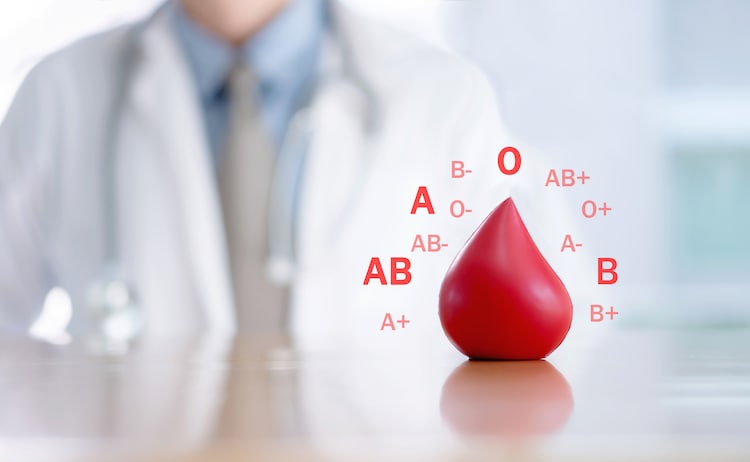Why is there demand for negative blood during disasters
An Air India Boeing 787 crashed near Ahmedabad, indicating a large -scale emergency response after an accident occurred at the top of the dining area of the doctors hostel of the BJ Medical College. During such disasters, there is a call for O negative blood type to meet important medical requirements.

In short
- Air India Boeing 787 crashes near Ahmedabad with 242 onboard
- O Emergency infection usually requires negative blood
- O negative blood is important as a universal donor in cases of trauma
In view of the tragic Air India accident near Sardar Vallabhbhai Patel International Airport in Ahmedabad, Boeing 787 Dreamliner, tied with 242 people for London, began a large -scale emergency response. The aircraft crashed on top of the dining area of the doctors’ hostel of BJ Medical College.
Ahmedabad Police Commissioner GS Malik said that 204 bodies were recovered from the site and 41 injured were taken for emergency treatment. Around 130 personnel of the Indian Army were deployed to assist the civil administration in the rescue efforts, with a military hospital place on Standby.
According to local reports, O is an essential appeal for negative blood, which is usually seen during such disasters.

In many immediate needs during such disasters, one who often sees an essential and recurring calls, is for blood, especially o negative. But why is this specific blood type in such a high demand?
O negative blood: important in emergency
O negative blood is often known as universal donor blood type. This means that it can be given to patients with any blood group, which makes it especially important in crisis conditions when the recipient’s blood type is unknown.
Immediately after disasters such as plane crash, patients often arrive in hospitals with severe injuries, including trauma, heavy blood loss and irritation, all of which require rapid blood transfusions.
Doctors usually do not have the luxury of time to test and match blood groups. In such cases, O negative blood can be given quickly and safely.
Only 7% of the population in India has negative blood, but the hospital demand for this is quite high.

It becomes particularly prominent during mismatched disasters between supply and demand.
Burned victims and patients with trauma require immediate infection. In air accidents, many remaining people suffer from severe burns, blunt trauma injuries and internal bleeding.
In particular, burnt victims often require several infections to stabilize their condition and replace lost fluids due to damaged tissue and blood vessels.
The body’s immune response for burning also leads to complications that may require continuous blood support.
When a patient is taken to ER in unconscious, bleeding or shock, it matters every minute.
In such scenarios, life may be spent in typing and waiting for Cravasamach blood, which is why hospitals reach almost immediately for negative blood.
O negative individuals are also limited to whom they can get blood, only other O negative donors, which depend on them doubled on community support.
Since rescue and medical operations continue, blood donation, especially O may be negative, life saving.






